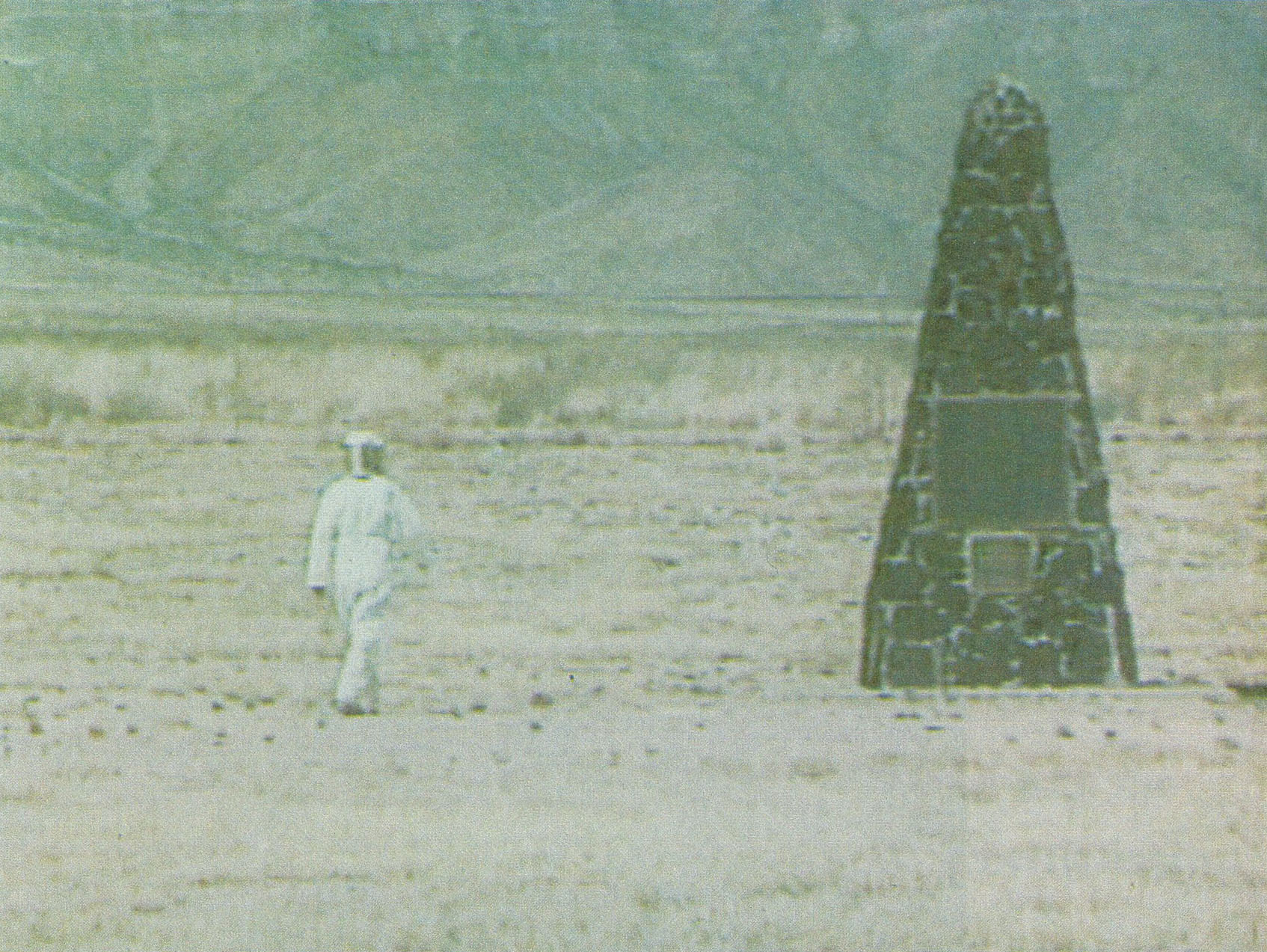David Blair: Waxweb
Artist(s):
Title:
- Waxweb
Exhibition:
Creation Year:
- 1994
Medium:
- Interactive Installation
Category:
Artist Statement:
Waxweb, based on David Blair’s electronic feature “Wax or the discovery of television among the bees” (85:00, 1991), is a large constructive hypertext that has been converted to MOO-space (Object-Oriented MUDs) as part of the Hypertext Hotel. Tom Myer modified MOO code to make the Hypertext Hotel a suitable environment for full, simple hypertext reading and writing plus the ability to view and add stills, audio, and video by a connection to NCSA Mosaic. These functionalities are embedded in a text-based virtual reality that gives multiple users the capacity for synchronous intercommunication.
About 10 months ago, “Wax or the discovery of television among the bees” was sent out over the MBONE (multimedia backbone) of the Internet by Vince Bilotta, which prompted John Markoff of the New York Times to write a story titled “Cult Film is a First over the Internet,” casting the event as a milestone on the way to 500 channels. Unfortunately, at the time, there were really only about 450 sites able to see the ‘film,” a fact that was a bit strange to point out to the people who wrote asking how they could see “Wax on the Internet.” The article also failed to mention that this was not a broadcast, but a multi-cast, meaning anyone who could receive could also send audio or video ( or text, of course), so that an individual’s reception screen could be filled with little boxes of talkie.
Waxweb is an attempt, within some necessary limits, to re-multicast “Wax” at a bandwidth more appropriate to the current Internet. All users of Waxweb will have access to its densest layer, the constructive hypertext. Users able to run Mosaic will have access to additional levels of functionality, depending on the width of their connection to the net (or their patience). Two thousand still pictures, an audio version of “WAX”, and the complete audio/video content of the film will be made available as hypermedia attachments to the main text, creating the equivalent of an on-line multimedia CD-ROM that multiple users can simultaneously read from and add material to.
Waxweb is a practical and aesthetic experiment in multiple-media, integrated narrative. It is a laboratory for a planned electronic feature investigating how artists can produce multiple-media, integrated narratives out of a single dataset using hybrid tools to affordably create a multitude of hybrid forms to form a single narrative.
Most text tools have collapsed into the integrated text amplifier – the computer – allowing us to do anything we want with words, in any order we want, on the way to composition. At the same time, we have gained the ability to project these functionalities across any distance, allowing us to not only write or read, but to do many hybrid things that are neither exactly one nor the other. This will not only increase the number of hybrid media production forms, but the number of hybrid, multiplexed works that are unitary yet take multiple forms: where a single, variegated chunk of proto-narrative, proto-image, proto-anything data can, and often will, take many different forms, each of which will have the aesthetic tension of being morphologically similar, though in different media.
Audience participation
On-site users are able to read from and write to the film – in essence, to reprocess it. SIGGRAPH 94 participants are offered the following answers to the question, “What do I do?”: Do what you will, be it false backstory, or simple linkages between places with interstice boxes that explain ordinary obsessions. You can make a random structure of odd small stories, or a counter-structure of formal mechanism or anti-story. You can write an essay or anti-essay or faux-essay in linked little boxes. Or you can create new paths that intersect the story in horrible ways. You can learn the MOO software. You can talk to other people.
This input will be edited and published as a hypertext and CDROM edited by Michael Joyce and Larry McCaffery. Participants will be warned of potential republication and will be asked only to read if they do not agree to duplication. It will not be possible to pay published participants.
An introductory document to the hypertext features of the MOO is available by anonymous ftp from count.cs.brown.edu, in /pub/hypertext/docs.txt.





